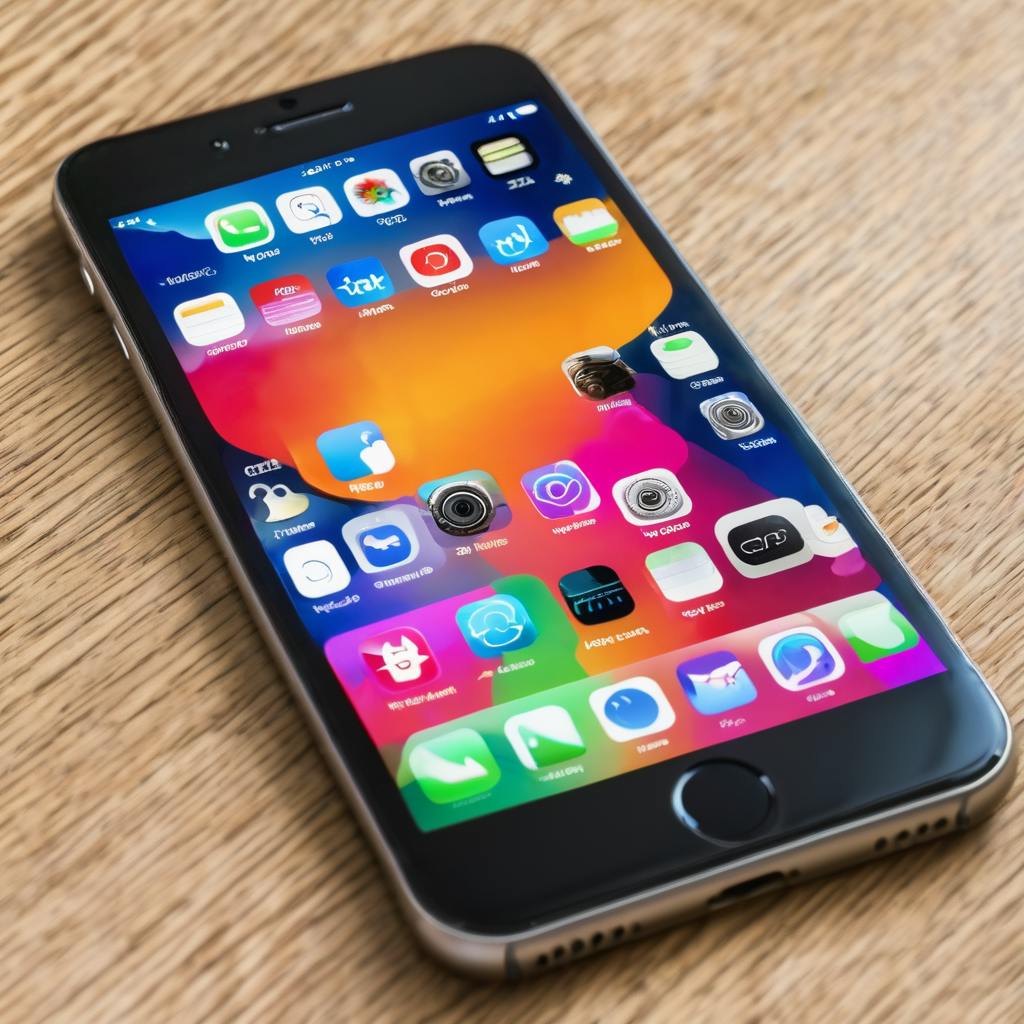United States v. Apple INC Court Filing, retrieved on March 21, 2024 is part of HackerNoon’s Legal PDF Series. You can jump to any part in this filing here. This part is 13 of 25.
A. Background
148. Mobile phones are portable devices that enable communications over radio frequencies instead of telephone landlines. These signals are transmitted by equipment covering distinct geographic areas, or “cells,” which is why mobile phones were called cell phones. The first commercial cell phones became available in the 1980s. Since then, improvements in both cell phone components and wireless technology have made it possible to transfer large volumes of data around the globe in a short period. As a result, mobile phones began to offer a wider array of features and the adoption of mobile phones dramatically increased. Today, nearly all American adults own a mobile phone.
149. Smartphones combine the functionality of a traditional mobile phone with advanced hardware and software components. Smartphones not only make phone calls, but allow users to listen to music, send text messages, take pictures, play games, access software for work, manage their finances, and browse the internet. Consumers choose between smartphones based, in part, on their functionality. Today, smartphone functionality is driven in large part, though not exclusively, by a combination of hardware and software components. Thus, in a competitive market, smartphone manufacturers would compete and innovate to provide the best functionality.
150. Although consumers could replace some smartphone functionality with separate devices such as by always carrying a camera and laptop, they generally prefer to access this combination of functionality as part of a single device. Thus, phones with some but not all of these features are not reasonable substitutes for smartphones. For example, a Canon or Nikon camera is not a substitute for an Apple or Samsung smartphone notwithstanding that both these products are capable of taking digital pictures.
Continue Reading Here.
About HackerNoon Legal PDF Series: We bring you the most important technical and insightful public domain court case filings.
This court case retrieved on March 21, 2024, from justice.gov is part of the public domain. The court-created documents are works of the federal government, and under copyright law, are automatically placed in the public domain and may be shared without legal restriction.

